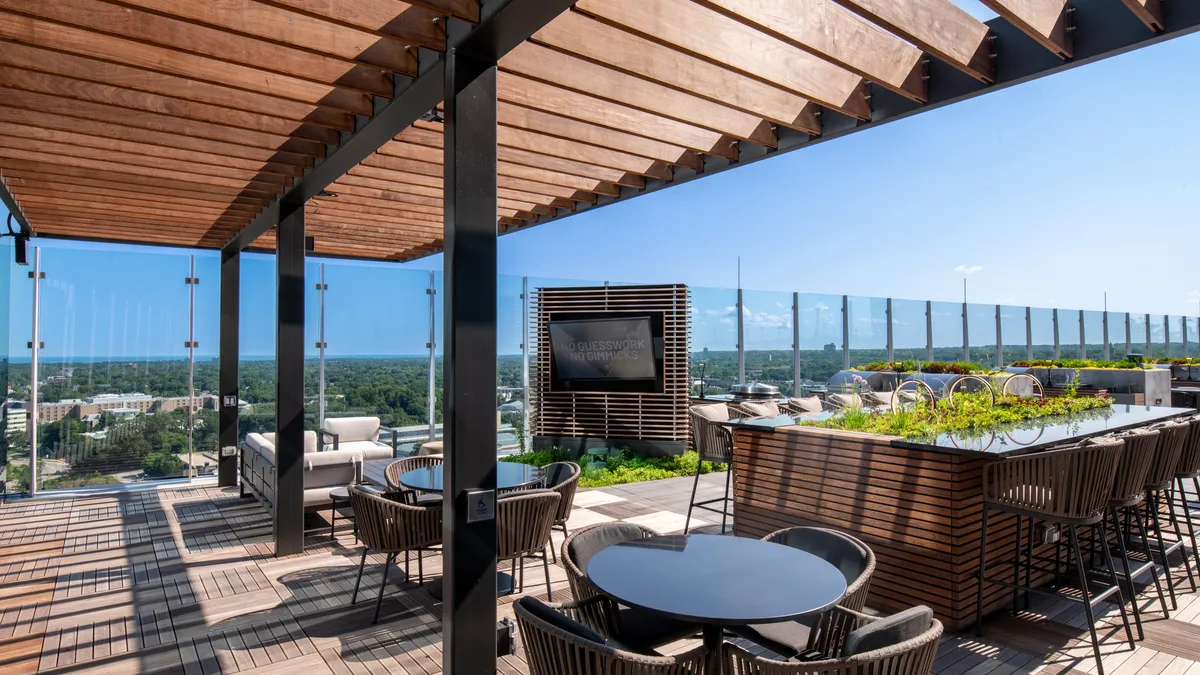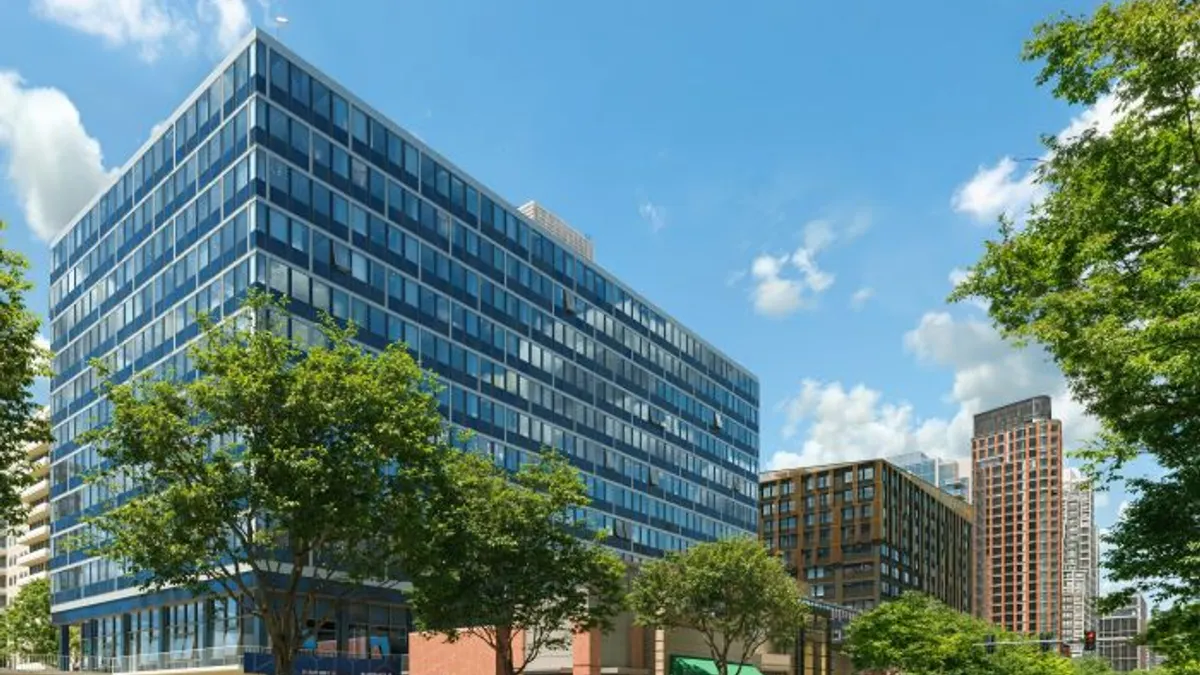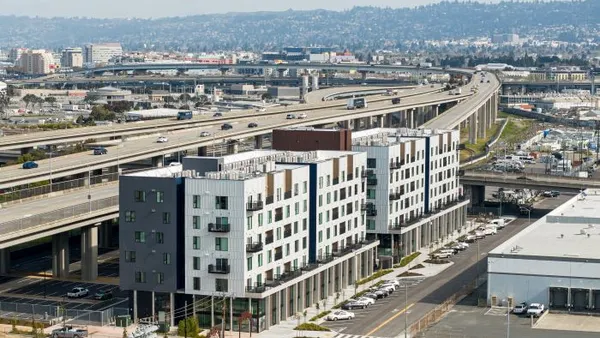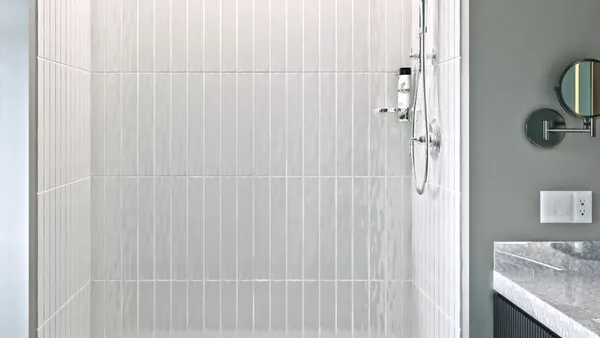Potential resident and tenant interest in wellness features has reached a critical mass, according to experts in the field.
“Our lifestyles are changing,” said Jean François Garneau, chief development officer at Geneva-based Initial Strategy & Development, at the Miami-based Global Wellness Institute’s Wellness Real Estate and Communities Symposium in New York City last week. “Our requirements are changing in terms of happiness and longevity. We need to focus our expectations and make sure that these expectations are translating to the traditionally stodgy real estate industry.”
Across all property types, purpose-built wellness real estate investment has grown dramatically on a global scale in recent years, according to a recent GWI report. These include any properties with wellness features as a focus, such as Water Street Tampa in Tampa, Florida, and Artisan in Cleveland. Yearly expenditures on wellness real estate rose from $225 billion in 2019 to $438 billion in 2023.
The sector is expected to more than double in global value again to $913 billion by 2028.
GWI attributes this growth, along with the expected future boost, to a greater understanding among consumers and the building industry of the roles that buildings play in health and well-being, accelerated by the COVID-19 pandemic.
“There are demand drivers that are in place today like never before,” Teri Slavik-Tsuyuki, principal at Encinitas, California-based marketing firm tst ink, said in the same symposium session. “There's high, high consumer awareness. Wellness is a priority. People are placing value on it, and it's generating value for real estate investors and owners. The time is now.”
The U.S. currently has the largest wellness real estate investment market in the world at $181 billion. A total of 1,870 U.S. projects received WELL Building Standard or Fitwel wellness building certifications in 2023, or over half of the global total.
In order to meet this demand, Slavik-Tsuyuki encouraged attendees to think of wellness design as a holistic collection of elements — “not every element will be as important, but they all need to be considered.” Examples given included biophilic design, access to public transit, resilience, walkability and bikeability, creating play spaces for all ages and fostering community and social connection.
Tsuyuki notes that wellness isn’t just a want — according to the United Nations, it’s a human right. “If 85% of our wellness is based on the built environment, we have an obligation,” she said.
With demand as high as it is, developers at the forefront of wellness real estate can expect to enjoy three outcomes — driving revenues, driving sales and leasing, and building a brand as a company, according to Garneau. “That’s the foundation,” he said. “We’re off on a hike today. It's a long hike. Make sure you're well hydrated and that your shoes are well placed.”









